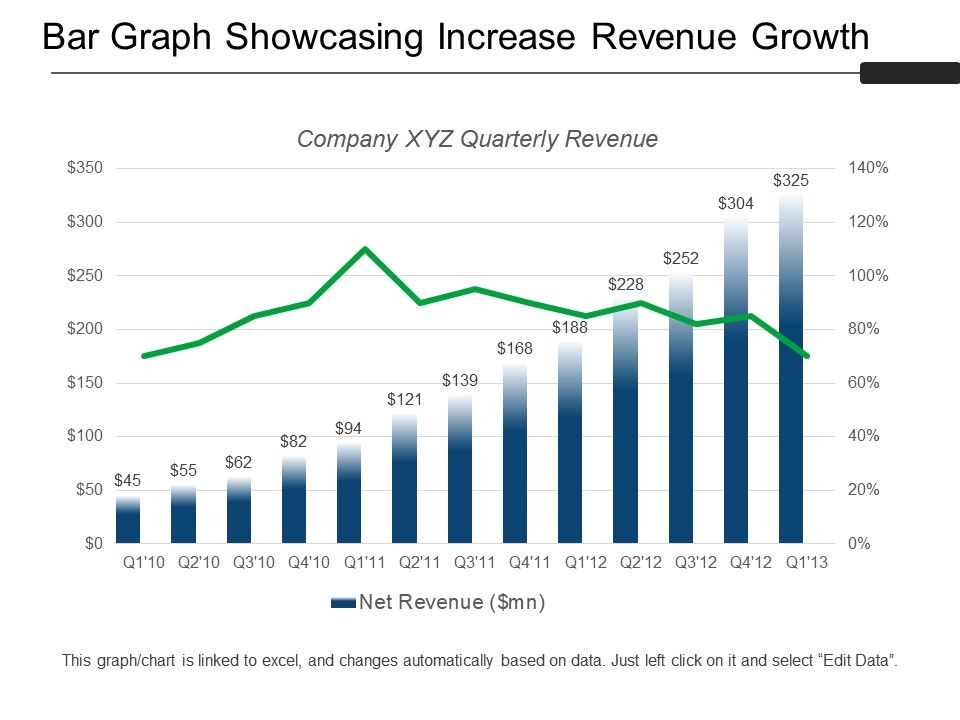Nike's Revenue: Projected Worst Performance In Half A Decade

Table of Contents
Declining Consumer Spending and Economic Uncertainty
Rising inflation and economic uncertainty are significantly impacting consumer spending on non-essential goods, including athletic apparel. This is a major factor contributing to the projected decline in Nike's revenue. Reduced purchasing power is forcing consumers to prioritize essential spending, leading to decreased demand for Nike products. The potential for a recession further exacerbates the situation, creating a pessimistic outlook for discretionary spending like sportswear.
- Rising Inflation: The persistent rise in prices for everyday goods leaves less disposable income for consumers to spend on non-essentials.
- Reduced Purchasing Power: Even with a stable income, the impact of inflation diminishes purchasing power, making expensive athletic wear less accessible.
- Recessionary Fears: The looming threat of a recession further dampens consumer confidence, leading to a decrease in spending on discretionary items.
- Consumer Confidence Indices: Analysis of recent consumer confidence indices shows a significant drop, correlating with decreased sales in the broader sportswear sector and specifically impacting Nike sales.
Increased Competition in the Athletic Apparel Market
Nike faces intense competition from several key players in the athletic apparel market, further contributing to the projected decline in its revenue. Adidas, Under Armour, and Lululemon are aggressively vying for market share, utilizing innovative marketing strategies and product launches to attract consumers. The rise of smaller, niche athletic brands further fragments the market, impacting Nike's dominance in specific segments.
- Adidas' Strong Performance: Adidas has consistently demonstrated strong growth, directly challenging Nike's position in key markets.
- Under Armour's Innovation: Under Armour's focus on technological innovation in its apparel and footwear is attracting a significant portion of the market.
- Lululemon's Expansion: Lululemon's expansion beyond yoga apparel into broader athletic wear is stealing market share from traditional sportswear giants like Nike.
- Niche Brands' Growth: The emergence of smaller, specialized athletic brands caters to specific consumer needs and preferences, reducing Nike's overall market share. This increased competition is forcing Nike to innovate and differentiate its products more aggressively to regain a competitive advantage.
Supply Chain Disruptions and Increased Costs
Ongoing supply chain disruptions and increased production costs are adding to Nike's financial woes. These disruptions continue to impact Nike's production and distribution capabilities, leading to delays and increased expenses. Increased costs of raw materials, manufacturing, and shipping have significantly impacted Nike's profitability. While some of these increased costs have been passed onto consumers, it has negatively affected sales volume.
- Raw Material Shortages: The global supply chain continues to face challenges, leading to shortages and increased prices for raw materials essential for Nike's manufacturing.
- Shipping Costs: The cost of transporting goods globally remains elevated, adding to the overall production costs for Nike.
- Manufacturing Bottlenecks: Manufacturing bottlenecks and delays add further complexities and expenses to the process, impacting the timely delivery of products.
- Price Increases: While Nike has attempted to mitigate the impact of increased costs by raising prices, this has resulted in decreased sales volume. Nike is actively working to improve supply chain resilience and mitigate future disruptions, but the short-term impact is evident.
Impact on Nike's Stock Price
The projected revenue decline has already negatively impacted Nike's stock price. Investor sentiment towards Nike has weakened due to the less-than-positive financial outlook. The company's market capitalization has decreased, reflecting the concerns about future performance. Analysts are closely monitoring Nike's strategies to address the challenges and restore investor confidence.
- Stock Price Volatility: Nike's stock price has experienced significant volatility in response to the announced projected revenue decline.
- Investor Sentiment: Investors are reacting negatively to the projected downturn, impacting overall investor confidence and sentiment.
- Market Capitalization Decline: The company's market capitalization has suffered a decrease reflecting the current market perception of Nike's financial future.
- Analyst Scrutiny: Analysts are closely scrutinizing Nike's strategic response to the challenges and their effectiveness in restoring profitability and investor confidence.
Conclusion
Nike's projected worst revenue performance in half a decade is a significant concern, driven by a confluence of factors including declining consumer spending, increased competition, and persistent supply chain issues. The impact is clearly visible in the company's stock price and overall market position. To navigate this challenging period, Nike needs to implement effective strategies to address these issues, bolstering its competitive advantage and regaining consumer trust. Understanding the intricacies of Nike's revenue challenges—from declining consumer spending to the intense competitive landscape—is crucial for investors and industry observers alike. Stay informed about future developments concerning Nike revenue and its impact on the broader athletic apparel market.

Featured Posts
-
 Tracee Ellis Ross Back On The Runway For Marni After 30 Year Hiatus
May 06, 2025
Tracee Ellis Ross Back On The Runway For Marni After 30 Year Hiatus
May 06, 2025 -
 Nepotism Debate Patrick Schwarzeneggers White Lotus Casting Sparks Discussion
May 06, 2025
Nepotism Debate Patrick Schwarzeneggers White Lotus Casting Sparks Discussion
May 06, 2025 -
 Sabrina Carpenters Fortnite Items A Collectors Guide
May 06, 2025
Sabrina Carpenters Fortnite Items A Collectors Guide
May 06, 2025 -
 Sukces Nitro Chem Polski Trotyl Trafia Do Us Army
May 06, 2025
Sukces Nitro Chem Polski Trotyl Trafia Do Us Army
May 06, 2025 -
 Gypsy Rose Blanchard Shows Off 25 Pound Weight Loss Following Babys Birth
May 06, 2025
Gypsy Rose Blanchard Shows Off 25 Pound Weight Loss Following Babys Birth
May 06, 2025
